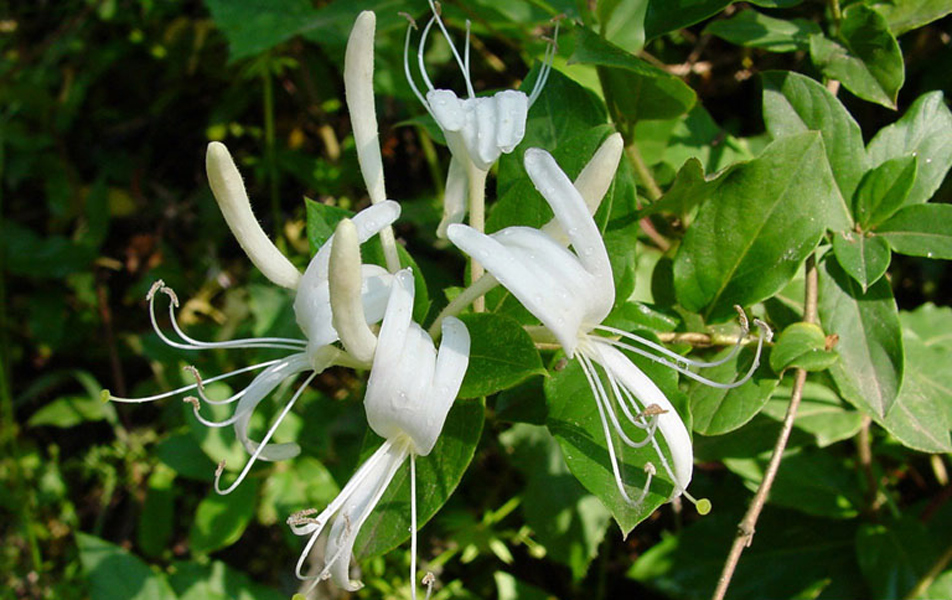Horticulture
-

New ornamentals have long been considered the lifeblood of the green industry. This publication contains recommendations for best-performing new annuals based on research conducted at the Trial Gardens at the University of Georgia, showcasing the plants that were awarded Classic City Awards in 2020.
John M. Ruter, Bodie V. Pennisi, and Brandon C Coker
|
-

While most of us are familiar with common poisonous plants that cause dermatitis (skin irritations) such as poison ivy or poison oak, we fail to recognize common ornamental plants in the landscape that may cause internal poisoning when ingested. Although most adults would not intentionally eat the leaves or fruit of ornamental plants in the landscape, young children or pets sometimes do. This resource provides readers with information on some of the common landscape plants known to have poisonous properties when ingested. You may be surprised to learn just how many of our common plants, such as azaleas, hydrangeas, boxwood, and English ivy, are known to have poisonous properties.
Bob Westerfield
|
-

To increase productivity, it’s important that growers select sweet corn cultivars adapted to particular growing conditions. The goal of this report is to provide growers, crop advisers, county educators, Extension agents, and specialists with a broad evaluation of different commercial sweet corn hybrids and their performance in different locations of the Southeast U.S.
D. Scott Carlson, Christopher Todd Tyson, Brian Hayes, Andre Luiz Biscaia Ribeiro da Silva, and Jessica Paranhos
|
-

This report provides research and extension results for trials conducted by the University of Georgia Vegetable Team and its collaborators in 2020. Contributing authors include county and regional faculty as well as specialists from UGA’s horticulture, plant pathology, crop and soil sciences, and entomology departments.
Juan Carlos Diaz-Perez, Timothy Coolong, Bhabesh Dutta, Andre Luiz Biscaia Ribeiro da Silva, and Abolfazl Hajihassani
|
-

This annual publication includes a report of 2019-20 onion research variety trials and Extension activity at the University of Georgia College of Agricultural and Environmental Sciences. The report contains the results of research awarded by the Vidalia Onion Commodity Commission.
Juan Carlos Diaz-Perez, Jason Lessl, Bhabesh Dutta, Andre Luiz Biscaia Ribeiro da Silva, and Angelos Deltsidis
|
-

This circular is a compilation of pruning techniques for apple, pear, peach, blackberry, blueberry, grapes, and pomegranate. Included are tools for pruning, definitions and descriptions of terms used in pruning, and diagrams illustrating best pruning practices. This work has important and relevant information about pruning and plant care for the home orchardist.
Bob Westerfield, Dario Chavez, and Erick Smith
|
-

Cold damage to ornamental plants can be a problem during the winter in the Georgia landscape. Regardless of where you live, recommended practices can maximize the chances that your prized landscape plants will survive the winter.
Bob Westerfield
|
-

C 989
Tree Planting Details
This publication contains information about planting trees and shrubs, and includes AutoCAD files, .jpg images and .pdf files with instructions and images.
Kim D. Coder and David Berle
|
-

Excessive fertilization does not equate to greater crop yields. Crop yields are optimized when nutrients are efficiently used, which requires fertilizer applications to be based on the right source, the right time, the right rate, and the right placement. These are referred as the four Rs of fertilizer management, whose purpose is to supply plants’ nutrient requirements, reduce production costs, and mitigate environmental impact.
Andre Luiz Biscaia Ribeiro da Silva and Erick Smith
|